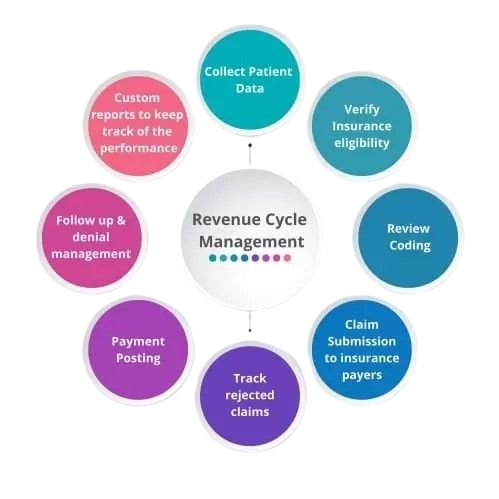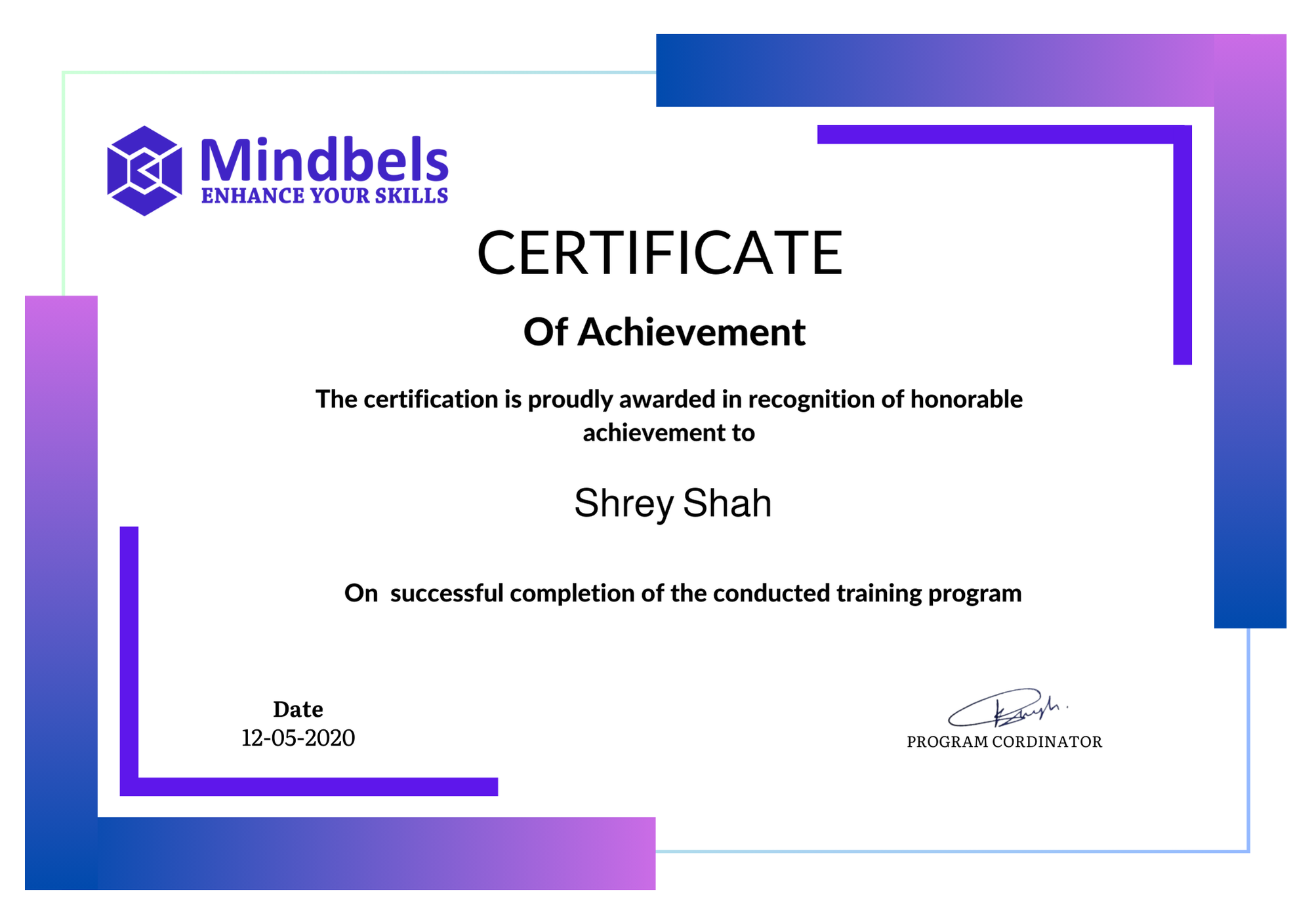Billing and Revenue Management 7.5 Training Overview
This training focuses on the functional aspects of BRM 7.5, covering architecture, pricing models, customer hierarchy, account creation, billing processes, and revenue management. Ideal for business analysts, billing specialists, and functional consultants looking to deepen their understanding of how BRM supports telecom revenue systems.
Why Billing and Revenue Management 7.5?
-
Industry-standard platform for telecom billing and charging
-
Enables real-time rating and revenue assurance
-
Supports complex pricing, promotions, and account hierarchies
-
Widely used by telecom operators worldwide
-
Strong foundation for BRM implementation and support roles
What You Will Learn
-
BRM system architecture and key components
-
Customer lifecycle management and account structures
-
Product, deal, and plan configuration
-
Real-time rating and usage collection
-
Billing, invoicing, and payment processing
-
Collections, dunning, and revenue assurance
-
Reporting and system administration
Prerequisites
-
Basic understanding of telecom operations and business processes
-
Familiarity with customer and billing systems (helpful but not required)
-
No programming background is necessary for this functional overview
Course Curriculum
• Describe concepts of billing
• List accounting cycle and billing cycle activities
• Describe bill item objects
• Describe BRM billing scripts
• Describe the concept of customer segments
• Explain what is bill cycle management
• Describe bill run management and the billing process
• Discuss the functionality of trial billing and trial invoice
• Describe the process of running trial billing
• View invoices using BRM Invoice Viewer
• Explain what is in-advance billing
• List the benefits of Bill Now
• Explain the delayed billing process
• Explain bill suppression
• Explain the billing process and the effects of rerating
• Explain what is concurrent billing
• Explain the concept of trigger billing
• Explain the invoicing process
• List the different options associated with adjustments
• Explain the dispute and settlement process
• Define bulk adjustments
• Set up and generate corrective bills and invoices
• Describe BRM general ledger (G/L)
• Review BRM tax procedures
• Explain the BRM payment process
• Describe payment incentives
• Explain the concept of payment fees
• Describe how payments enter and exit payment suspense
• Explain the concept of collections
• Describe how BRM collections process bill units
• Configure a collections scenario
• Explain the roles of collections managers and agents
• Determine how to use Collections Center
• Explain the rerating process
• Review the process of resolving failed BRM-initiated payment transactions
• Describe the payment reversal process
• Discuss the methods of refunding customers
• Explain the concept of revenue assurance
• Explain how audit data is collected during billing and pipeline rating
• Describe the functionality of Revenue Assurance Center
• Describe the concept of suspense management
• Use Suspense Management Center
• Describe BRM reports
• List the different report packages
• Review the process of running reports
• Describe what are sub-reports



